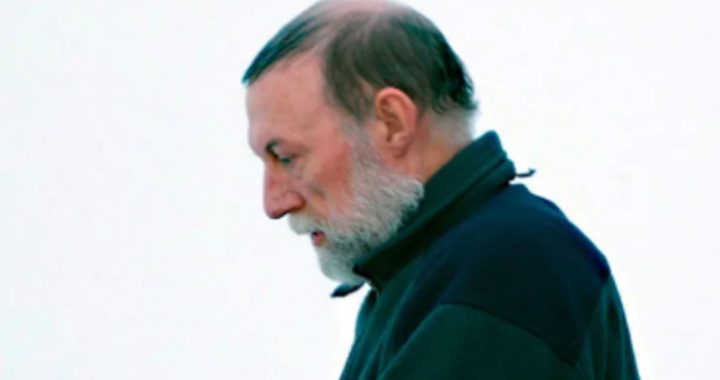Some Canadians might remember the flash mob round-dances, rail blockades and a hunger-striking First Nations chief, but for many others, Idle No More was a defining moment in this country’s history.
That Indigenous rights movement, which exploded in the fall of 2012 and quickly spread across Canada and the globe, is the subject of a sweeping two-part documentary.
The Power Was With Us: Idle No More is the work of veteran journalist Rick Harp and reporter-turned-satirist Tim Fontaine.
The film draws on APTN’s extensive news archive and features interviews with activists, journalists and two of the four founders of Idle No More.
“It’s difficult to measure its legacy,” Fontaine said on APTN’s InFocus on Wednesday. “Because it meant so many different things to so many different people.”
“I just think Canada will never be the same because of [Idle No More],” added Harp.
Frustration ‘suddenly injected with gasoline’
The story picks up in September of 2012, a time when simmering frustration with Stephen Harper’s Conservative government threatens to boil over.
The last straw comes in the form of a massive government omnibus bill which many believe alters the Indian Act and threatens the protection of water and land.
Watch part two of our behind the scenes look
In response, four women – Sylvia McAdam, Jessica Gordon and Sheelah McLean in Saskatchewan and Nina Wilson in Manitoba—set out to educate the broader public and organize opposition.
“The Idle No More movement was a smouldering grass fire that was suddenly injected with gasoline,” said former APTN journalist Jorge Barrera in the film.
“And it went off.”
The documentary shows how, within weeks, the movement spreads from quiet meetings and small rallies to nation-wide demonstrations, rail blockades, hunger strikes and a dramatic showdown between First Nations chiefs and the prime minister Harper.
Idle No More labelled ‘extreme’ by feds
While the documentary tracks the growth of the movement, perhaps some of the more startling moments emerge when the filmmakers turn their eyes to the remarkable level of surveillance levelled against Idle No More by government.
Literally thousands of pages of notes, lists, emails and other forms of government communication about Idle No More were collected and analyzed by Andrew Crosby and Jeffrey Monaghan, two Ottawa-based researchers who appear in the documentary.
“Idle No More challenged questions of land and challenged economics, and for that, it became extreme, and was designated in this national security umbrella,” said Monaghan.
While it’s easy to think the RCMP or even Canada’s spy agency CSIS oversaw the surveillance, the documentary shows how the federal Aboriginal Affairs department (now called Indigenous Services and Crown-Indigenous Relations) was actually a main conduit for the gathering and sharing of intelligence about the movement.
Documentary 2 years in the making
To tell the story, Harp and Fontaine spent much of the past two years combing through APTN News’ archives of television stories, online articles and raw footage, interweaving them with recollections from people who were on the ground at the time.
The documentary also relies on the deep pool of social media shared at the time, self-generated content that played a key part in the movement’s quick rise and success.
Episode one of The Power Was With Us: Idle No More is available on APTN’s streaming service Lumi as of Friday, Jan. 24.
Part two will be available to stream on Jan 31.
The entire documentary will air on the network later in 2020.










